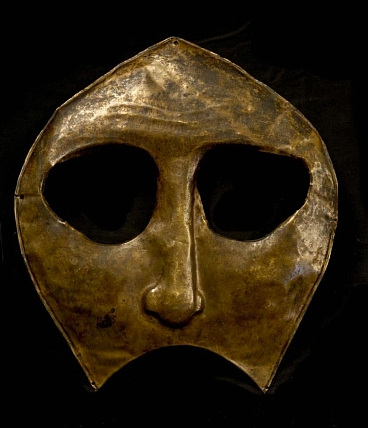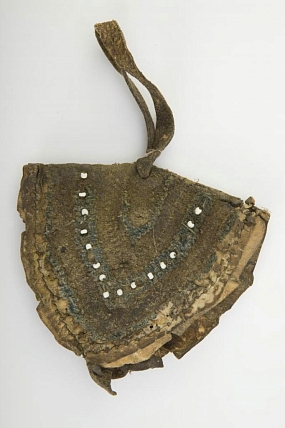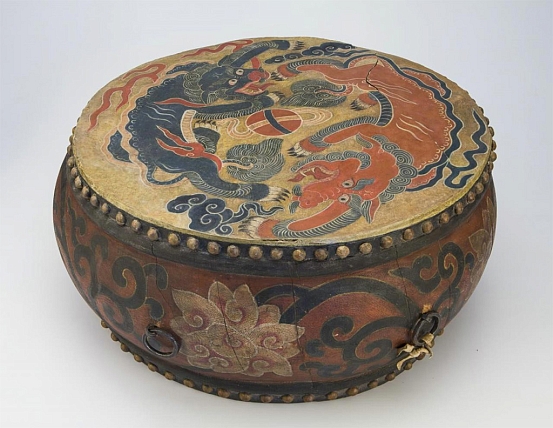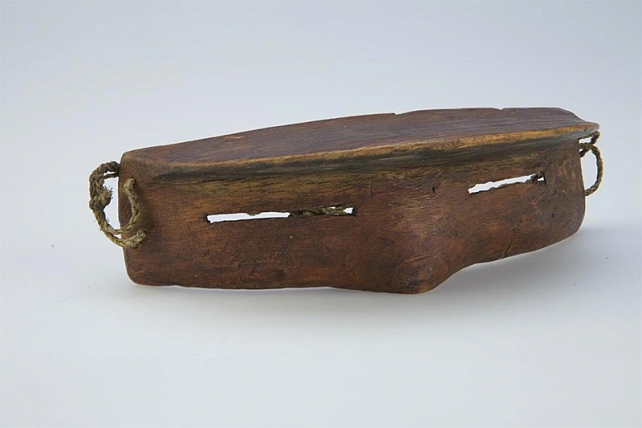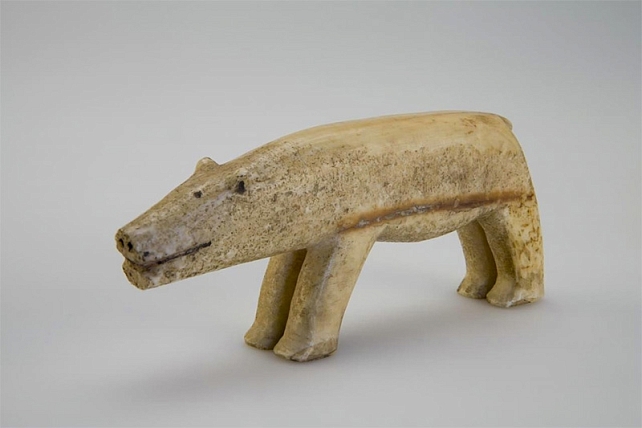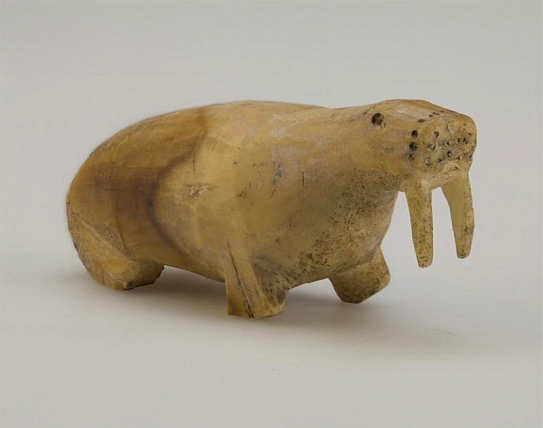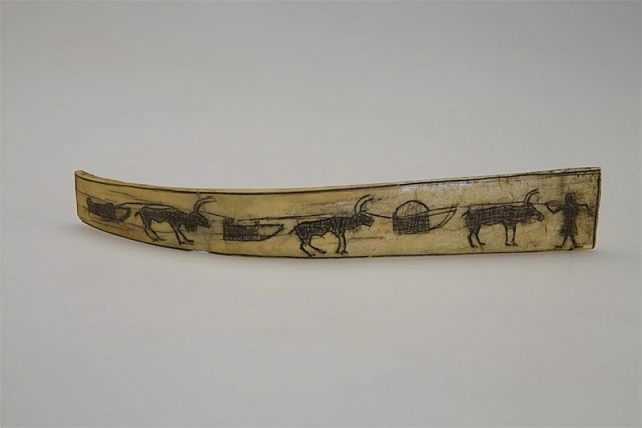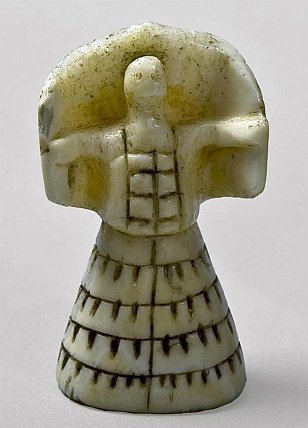- Visit Us Safely
- Opening Hours
- Getting Here
- Admission and Tickets
- Exhibitions
- Virtual 3D Tour
- Kunstkamera Mobile Guide
- History of the Kunstkamera
- The Kunstkamera: all knowledge of the world in one building
- Establishment of the Kunstkamera in 1714
- The Kunstkamera as part of the Academy of Sciences
- The Kunstkamera building
- First collections
- Peter the Great's trips to Europe
- Acquisition of collections in Europe: Frederik Ruysch, Albert Seba, Joseph-Guichard Duverney
- The Gottorp (Great Academic) globe
- Siberian expedition of Daniel Gottlieb Messerschmidt
- The Academic detachment of the second Kamchatka expedition (1733-1743)
- 1747 fire in the Kunstkamera
- Fr.-L. Jeallatscbitsch trip to China with a mission of the Academy of Sciences (1753-1756)
- Siberian collections
- Academy of Sciences' expeditions for geographical and economic exploration of Russia (1768-1774)
- Research in the Pacific
- James Cook's collections
- Early Japanese collections
- Russian circumnavigations of the world and collections of the Kunstkamera
- Kunstkamera superintendents
- Explore Collections Online
- Filming and Images Requests FAQs
Siberian collections
Collections on the ethnography of Siberian peoples always had one of the foremost places in the exposition of the Kunstkamera of the Academy of Sciences in the 18th -19th centuries.
Items of traditional spiritual and material culture of Siberian peoples had got to the museum from D. G. Messerschmidt's Siberian expedition and from participants of the Academic Detachment of the Second Kamchatka Expedition G.F. Muller, S.P. Krasheninnikov, G.W. Steller.
The major part of the early Siberian collections perished in the fire in the Kunstkamera that broke out on December 5, 1747.
Under Empress Elizabeth’s special Order of January 13, 1761, a systematic gathering of items of Siberian peoples’ costumes in accordance with attached to the order inventory and their shipping to the Academy of Sciences through the Siberian Prikaz was organized. The Order with the inventory was sent to all Siberian Chancelleries. The Academy of Sciences specified in its correspondence with the Siberian Provincial Chancellery that the items were to be acquired with no offence or damage to local residents and at the price asked by sellers .
By the end of the 18th c., the Kunstkamera’s exposition had on display clothes, footwear, headwear, birch bark utensils and house holding items of the Ugrian peoples of the Western Siberia; summer, winter, and hunting clothes of the Tungusic and Samoyedic peoples; details of horse harnesses and ammunitions of the Buryats; the Eskimo and Koryaks’ tools for fishing and hunting sea animals; ritual drums of Siberian Shamans, images of gods and amulets.
The collection was displayed in showcases, but as of the second half of the 18th c., ritual costumes of Tungusic male and female Shamans, traditional costumes of Tungus, Khanty, and Evenki men and women were displayed on mannequins showing specific features of the presented peoples’ looks.
